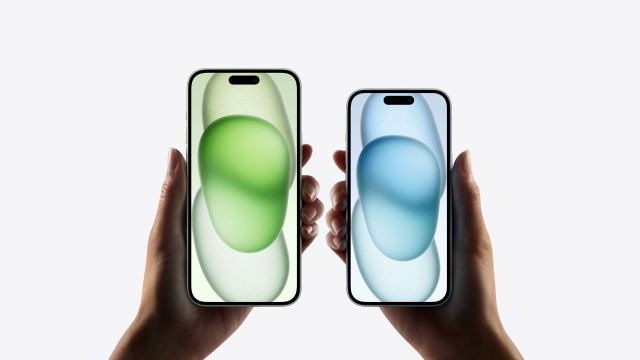Phone chargers are simple things – you plug them into a wall outlet or a USB-C port (on a laptop or power bank), then plug the other end into your phone, allowing it to charge – simple. However, more and more, phones have begun supporting fast charging, which places a greater demand on the technology you have available (especially now that phone manufacturers tend to exclude the wall plug with new phone sales).
You’ll often want to charge your phone as quickly as possible, so let’s talk about how you can do that.
How do I use fast charging with a phone charger?
Fast charging isn’t simply a setting that you flick off and on in your settings – it’s a physical limit that your phone can charge at.
Most USB-C cables are able to deliver up to 100W (watts), which is more than enough for pretty much every phone with fast charging capabilities:
- The Google Pixel 8 Pro can fast charge at up to 23W (a first-party 30W plug is sold separately)
- The Samsung Galaxy S23 Ultra can fast charge at up to 45W (a first-party 45W plug is sold separately)
- The iPhone 15 Pro Max can fast charge at up to 27W (a first-party 30W plug is sold separately).
Each of these phones can reportedly reach 50 per cent battery capacity in just 30 minutes, with the manufacturer’s proprietary wall plug and cable, with the speed of charging tapering off as the battery becomes more charged (this is to preserve battery life).
But there are some caveats to this.
Also, just a note, iPhones up until the iPhone 15 (since the iPhone 5) didn’t use a USB-C cable, instead using a lightning-to-USB-C cable with a max wattage of 96W. The iPhone 14 Pro Max, if you’re interested, supports the same speeds as the 15 Pro Max.
Additionally, you’ll often find that the standard range models of the above-listed phones (so the standard Pixel 8, iPhone 15, and Galaxy S23) also offer fast charging at the same or similar speeds. It’s less about the phone and more about the charger.
How to tell if your phone charger supports fast charging
To start with, the cable itself needs to be a USB-C to USB-C cable or lightning to USB-C cable (for iPhones). USB-A simply has a lower wattage that makes fast charging unachievable (7.5W maximum).
But the plug and the maximum wattage it can supply for fast charging is the key. Apple’s iPhone plug offers 20W fast charging capability, Google’s Pixel plug offers 30W fast charging capability, and Samsung’s plug offers 45W fast charging.
Though the maximum wattage of the plug might not align perfectly with the maximum wattage of the phone, it’s with the wattage of these plugs that the phone manufacturers claim that fast charging can be achieved. If you’re unsure about a plug’s wattage, you can check behind it (somewhere next to its wall pins) and it will likely have a wattage rating.
Additionally, if you’re connecting your device directly to something without the need for a plug (say the side of a laptop or a car), then you may experience a lower wattage and therefore a lower charging speed, just because the port itself has a lower charging speed. This is less common with USB-C ports, but if you need to use a USB-A port, it’s just something to be aware of. You can usually check the maximum wattage of one of these ports by checking the laptop or car model online.
Bottom line: if you’re shopping for a fast charger, checking the plug’s maximum wattage should be your priority. If the plug’s wattage matches your manufacturer’s, then you should be able to achieve fast charging.
What one should I buy?
If you want to avoid the most confusion, you’re best off buying the proprietary cable and plug offered by your phone charger manufacturer, but a plug with the same wattage as the manufacturer-spec version should suffice if you want to get the best charging speeds possible.
Additionally, if you’re confused about the maximum wattage of a cable, most USB-C/lightning to USB-C cables made for phones are rated for up to 100W power delivery, but it’s worth checking the wattage before buying just to make sure. Most third-party manufacturers will usually either indicate wattage or compatibility with the earlier mentioned charging speeds of zero to 50 per cent in 30 minutes.
It’s likely that, in the future, changes to power delivery technology will result in much more powerful USB-C chargers (up to 240W!), but for now, when it comes to most phones, we just need to care about wattages below 50W.
Image: Apple
While you’re here, why not check out our daily tech deals, our guide to the best value for money NBN plans, and info on the latest phones from Apple, Google, and Samsung. Head to our dedicated Mobile tab for more.
This article has been updated since it was originally published.
